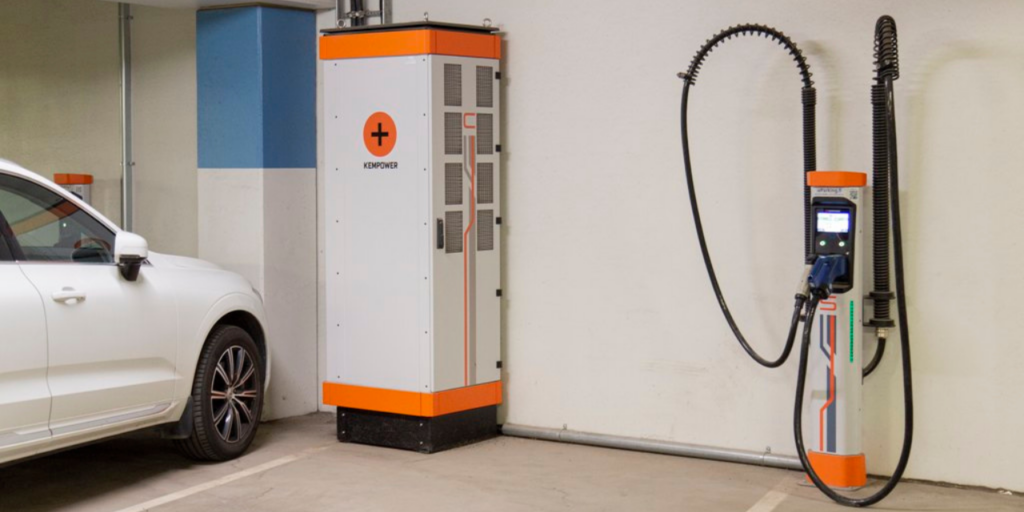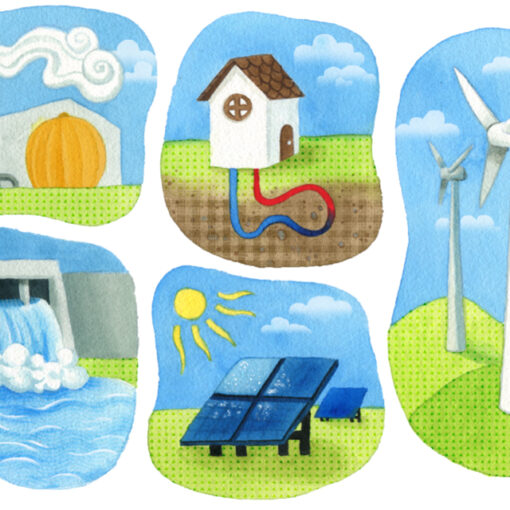There are far fewer electric vehicles in the African example country of Nigeria compared to the number in European countries like Finland. Also, the charging infrastructure is far behind in the case of Africa, although this is likely to start to increase once the demand rises, as is happening in Europe. One of the authors looks at these questions from an anecdotal perspective.
Taking a walk in the city of Lahti, the co-author reminisced on his childhood in Abuja – the administrative and political capital city of Nigeria in West Africa. Over two decades ago, his father worked in Abuja while they resided in another town that was a 6-hour drive away. When he was 3 years old, his father returned from one of his work trips and picked him from school in a 1990 Toyota Corolla – a conventional vehicle at the time. Sitting on his father’s lap and enjoying this beautiful moment was the first time he remembers riding in a vehicle of any kind. This occurred in 1995, when he had no understanding of distinctions between vehicle power sources, that there could be conventional petrol / diesel cars or then alternatives, such as electric powered ones.

The impacts of vehicle emissions between 1995-2022
That petrol-powered vehicle from decades ago was an example of those accounting for over 60% of the total GHG (Green House Gas) emissions from passenger travel in our world today (Planète Energies 2020). As well as producing GHGs, with their global warming impacts and related effects, petrol and diesel vehicle cause street-level air pollution that represents a major threat to environmental and public health killing an estimated 7 million people annually (Roberts 2021).
Increased awareness of electric vehicles in Europe and Africa
In recent time, electric vehicles have become a popular issue and everyone desires to own a Tesla, though the high cost may hinder a large majority of Europeans and even more Africans from purchasing one. Finland has actively and positively participated in the adoption of Electric Vehicles for private and public use. It also provides incentives for the purchase of Electric Vehicles, facilitating also the availability of charging facilities (Melliger et al. 2018).
In Africa most of the private and public vehicles are primarily fueled by fossil fuels. This can be accredited to obstacles of technology, lack of investments in the electricity sector, poor government policies, non-availability of charging places (Islam et.al. 2019). For these reasons the vehicle emission rate in Africa is higher than that in Europe, although there are more vehicles in Europe as a whole. It is however predicted that the need for charging stations in Africa will encourage investments in the power sector and further facilitate electric vehicle usage (Ayamolowo et al. 2022).
Also, despite the present differences, there is an increased level of awareness in both continents today. Now a young child in Nigeria is likely to know more about Electric Vehicles compared to one of the authors, Babatomiwa Ajayi, at 3-years of age in 1995, who will never forget the amazing ride he had with this father. Since then, he himself has enjoyed the opportunity of riding in a number of Electric Vehicles, including a Tesla. Hopefully learning from the step-by-step adoption of Electrical Vehicles in Europe will contribute to changes that will pave the way for emission-free vehicles in Africa.
Authors
Babatomiwa Ajayi qualified in summer 2022 as a Master of Engineering in the Urban Sustainability Programme at LAB University of Applied Sciences.
Paul Carroll is a lecturer of environmental technology and urban sustainability at LAB University of Applied Sciences.
References
Ayamolowo, O.J., Manditereza, P.T. & Kusakana, K. 2022. South Africa power reforms: The Path to a dominant renewable energy-sourced grid. Energy Reports. Vol. 8 (1), 1208-1215 Cited 1 Aug 2022. Available at https://doi.org/10.1016/j.egyr.2021.11.100
Henttonen, S. 2022. LAHTI-SAHKOINEN-LIIKENNE. LAB Press Images. Cited 7 Nov 2022. Available at https://lut.pictures.fi/kuvat/LAB+Press+Images/Sustainability/
Islam, M., Lu, H., Hossain, M., & Li, L. 2019. Mitigating unbalance using distributed network reconfiguration techniques in distributed power generation grids with services for electric vehicles: A review. Journal of Clean Production. Vol. 239. Cited 1 Aug 2022. Available at https://doi.org/10.1016/j.jclepro.2019.117932
Melliger, M.A., van Vliet, O.P. & Liimatainen, H. 2018. Anxiety vs reality–Sufficiency of battery electric vehicle range in Switzerland and Finland. Transportation Research Part D: Transport and Environment. Vol. 65, 101-115. Cited 1 Aug 2022. Available at https://doi.org/10.1016/j.trd.2018.08.011
Planet Energies. 2020. CO2 emission on the rise. Cited 1 Jul 2022. Available at https://www.planete-energies.com/en/medias/close/global-transportation-sector-co2-emissions-rise.
Roberts, W. 2021. Air pollution and skin disorders. International Journal of Women’s Dermatology. Vol. 7(1), 91-97. Cited 15 Jul 2022. Available at https://doi.org/10.1016/j.ijwd.2020.11.001




